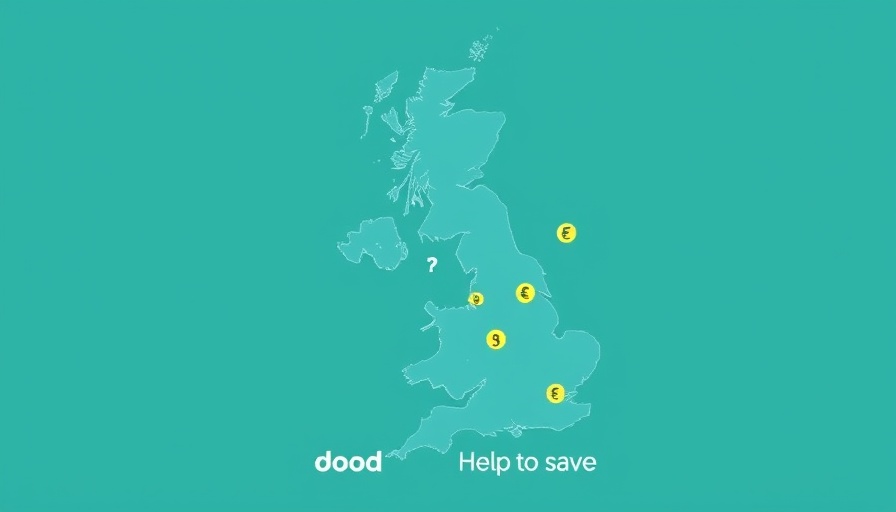
Unlocking the Door to Free Samples: A Financial Advantage
In an era where every penny counts, the quest for free samples can be a surprising form of saving. Whether it's high-end skincare, new snacks, or baby essentials, sampling products for free not only saves money but allows consumers to explore without commitment. But how do you secure these samples with minimal effort and maximum reward?
The Art of Sampling: Legitimate Platforms to Explore
Numerous platforms exist that facilitate access to free samples. One of the most renowned is PINCHme, a service that curates product boxes for consumers based on their profiles and preferences. Users can receive items tailored to their needs, from cosmetics to household goods. Not only does this enable you to try new products risk-free, but it can foster brand loyalty before committing to purchases.
Why a Separate Email Can Maximize Your Sampling Success
As tempting as signing up for everything may be, managing your main email inbox alongside promotional emails can quickly become overwhelming. Instead, consider creating a dedicated email address specifically for trial samples and surveys. This not only keeps your main inbox clutter-free but also helps you stay organized regarding sample selections and offers.
Protecting Yourself from Scams
While obtaining free samples sounds straightforward, it does come with potential pitfalls. Always remember not to provide personal information, especially credit card details. Some sites may ask for this information under the guise of fulfilling your sample request. Utilize consumer reports and reviews to identify trustworthy sources and avoid scams.
The Emotional Reward: Sampling as a Fun Experience
Engaging in product sampling can also provide an emotional boost. Excitement builds as you await your package, discovering new brands, and sharing your finds with friends. This kinship over experiences can prove valuable, as it often leads to discussions about products and potential buys.
Actionable Steps to Get Started
To begin your journey into the world of free samples, start by visiting sample distribution websites, sign up with a dedicated email, and stay cautious of potential scams. Explore social media groups focused on product sampling for collective insights and experiences. Participation in this community can offer support and tips, enhancing your sampling success.
Embrace this simple yet fulfilling opportunity to enhance both your personal and financial life. It’s not just about freebies; it’s about smart consumption and making informed choices.
 Add Row
Add Row  Add
Add 




Write A Comment